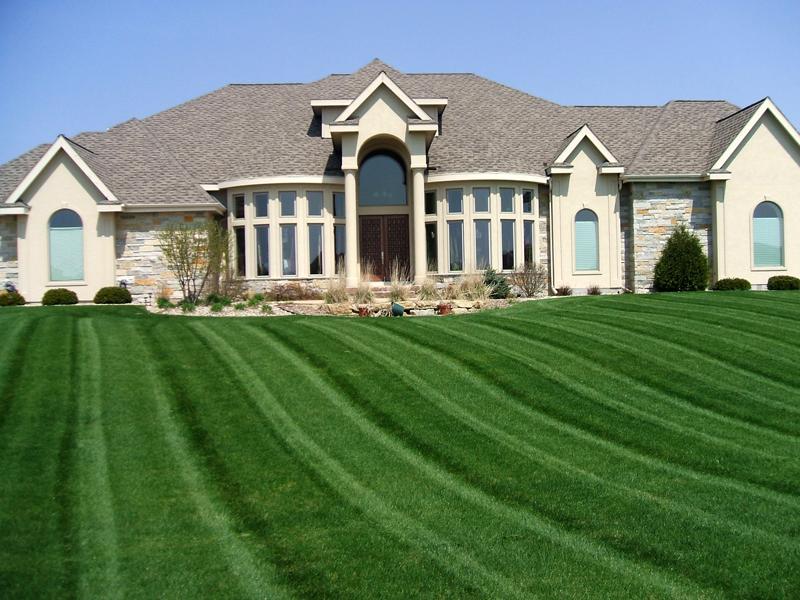When you look at the three numbers on a bag of fertilizer, the first one is always nitrogen. You probably have noticed that this number is usually higher than the others as well. That’s because nitrogen is arguably the most important nutrient your lawn can get during the growing season.
Here is what nitrogen does for the lawn.
1) Healthy Lawn Growth. Nitrogen pushes the grass to lengthen its blades, adding more leaf structure to soak in sunlight. The more sunlight the grass can effectively catch, the more photosynthesis can take place, loading sugars down into the root system of the lawn. The more sugars are thrown into the roots means more roots are made. The cycle then starts over as more roots leave more room to push up more blades, making nitrogen important to keep the process moving along.
2) Healthy Lawn Color. Nitrogen also helps the lawn maintain that pretty, deep green color we all strive for. The greener the better for looks, of course, but also for photosynthesis. Green leaf surface area is optimal for grabbing sun rays. Nitrogen gives the grass that green it needs.
3) Lawn Disease Resistance. A green lawn that is actively growing will be able to resist disease problems much more readily than an under fertilized one.
The only time nitrogen can be bad for the lawn is when it is used too heavily or in super hot and dry weather. Too much nitrogen in hot weather with no moisture will push growth that is not supported by enough moisture, stressing the lawn big time!
I always recommend you give your lawn at least 1/2 to 3/4 pound of nitrogen in the spring, and once again in the fall. That’s enough to keep it going all season long. If you feel you need an extra boost, go ahead and apply a bit more in the late summer, as long as you plan to keep the lawn well irrigated!


